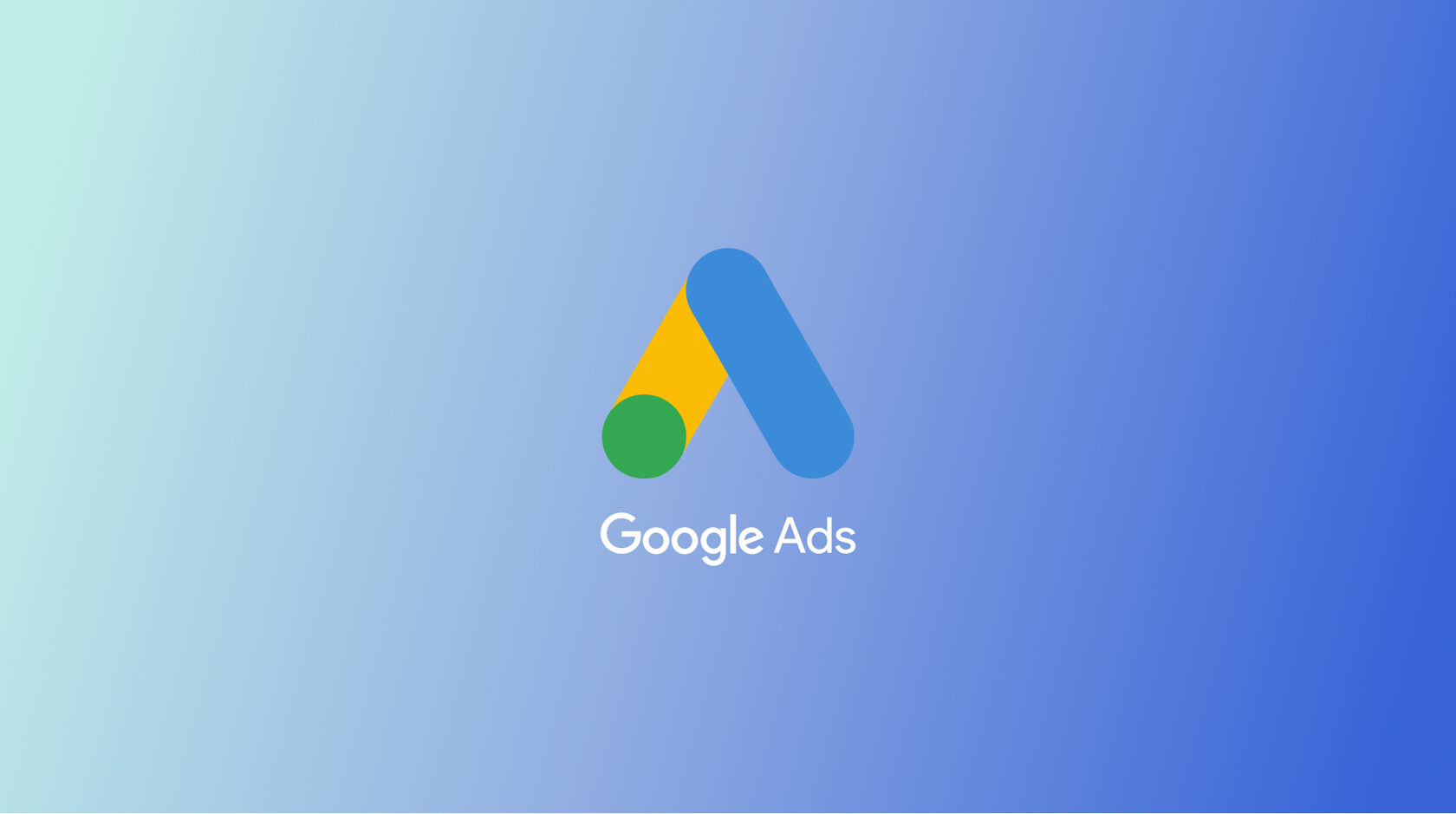In the digital age, ecommerce businesses are in a constant battle to capture the attention of potential customers. Amidst this competition, Google Ads has emerged as a critical tool for driving targeted traffic and boosting sales. This powerful platform offers a variety of advertising options tailored to the unique needs of online retailers. This article dives into actionable strategies and best practices to effectively utilize Google Ads for ecommerce, aiming to help you maximize your sales and grow your business.
1. Understanding the Basics of Google Ads for Ecommerce
Before diving into strategies, it’s crucial to understand what Google Ads is and how it can specifically benefit ecommerce businesses. Google Ads is a comprehensive advertising platform that allows businesses to display ads across Google’s vast network, including search results, websites, videos, and apps. For ecommerce, this translates to showcasing your products to consumers who are actively searching for what you offer, right at the moment they are ready to buy.
2. Setting Clear Objectives and Goals
Success in any marketing effort begins with setting clear objectives. Define what you want to achieve with your Google Ads campaign – be it increasing brand awareness, driving traffic, or boosting sales. These goals should be specific, measurable, achievable, relevant, and time-bound (SMART). For instance, aiming to increase online sales by 20% in the next quarter is a clear and measurable goal.
3. Choosing the Right Types of Google Ads
There are several types of Google Ads, each serving different purposes:
- Search Ads: Ideal for capturing users who are actively searching for products or services similar to yours.
- Display Ads: Great for building brand awareness and retargeting users who have previously visited your site.
- Shopping Ads: Specifically designed for ecommerce, these ads showcase your products directly in the search results.
- Video Ads: Useful for engaging potential customers on platforms like YouTube. Select the type that aligns best with your objectives and target audience.
4. Keyword Research and Selection
Keywords are the foundation of your Google Ads campaigns. Conduct thorough research to find keywords that are relevant to your products and have a high purchase intent. Tools like Google Keyword Planner can help you discover keywords and understand their search volume and competition level. Prioritize long-tail keywords as they are more specific and often less competitive, leading to better conversion rates.
5. Crafting Compelling Ad Copy and Visuals
Your ad copy and visuals are your first point of interaction with potential customers. Write clear, concise, and compelling ad copy that highlights the unique benefits of your products. Include a strong call-to-action (CTA) to encourage clicks. For visual ads, use high-quality images or graphics that are eye-catching and representative of your brand. Remember, your ad needs to stand out in a crowded online space.
6. Optimizing Product Landing Pages for Conversion
Once a user clicks on your ad, the landing page they arrive at should be optimized to convert them into a customer. Ensure that your landing page is relevant to the ad, loads quickly, and offers a seamless user experience. Highlight product benefits, include customer reviews, and have a clear, easy-to-find CTA. The goal is to make the purchasing process as straightforward as possible.
7. Utilizing Google Shopping Ads
Google Shopping Ads are a game-changer for ecommerce. These ads display your products with images, prices, and business names right in the search results, providing users with essential information at a glance. To set up a Shopping campaign, you need a Google Merchant Center account and a product feed. Optimize your product titles, descriptions, and images in the feed for the best results.
8. Targeting and Retargeting the Right Audience
Identifying and targeting the right audience is key to the success of your ads. Use Google Ads’ targeting options to narrow down your audience based on demographics, interests, behaviors, and more. Additionally, implement retargeting campaigns to reach users who have previously interacted with your site but didn’t make a purchase. This keeps your brand top-of-mind and increases the chances of conversion.
9. Budgeting and Bidding Strategies
Effective budgeting and bidding are crucial for maximizing your return on investment (ROI). Allocate your budget based on campaign performance, investing more in campaigns that are delivering results. For bidding, Google Ads offers several strategies like cost-per-click (CPC), cost-per-acquisition (CPA), and return on ad spend (ROAS). Choose the strategy that aligns with your campaign goals and continuously adjust bids based on performance data.
10. Monitoring and Analyzing Performance
Regularly monitoring your campaigns allows you to understand what’s working and what’s not. Use Google Ads’ analytics tools to track key performance indicators like click-through rate (CTR), conversion rate, and cost-per-conversion. Analyze this data to make informed decisions on optimizing your campaigns for better performance.
11. Adapting and Evolving with Market Trends
The digital advertising landscape is constantly evolving, and so should your Google Ads strategy. Stay informed about the latest trends in ecommerce and digital marketing. Test new ad formats, targeting options, and strategies to see what works best for your business. Being adaptable and proactive is essential for staying ahead in the competitive ecommerce space.
Conclusion
Google Ads is a potent tool for ecommerce businesses looking to drive sales and grow their online presence. By understanding the basics, setting clear objectives, choosing the right ad types, and continuously optimizing your campaigns, you can effectively leverage Google Ads to achieve your business goals. Remember, the key to success is a combination of strategic planning, ongoing optimization, and adaptability to the ever-changing digital landscape.
